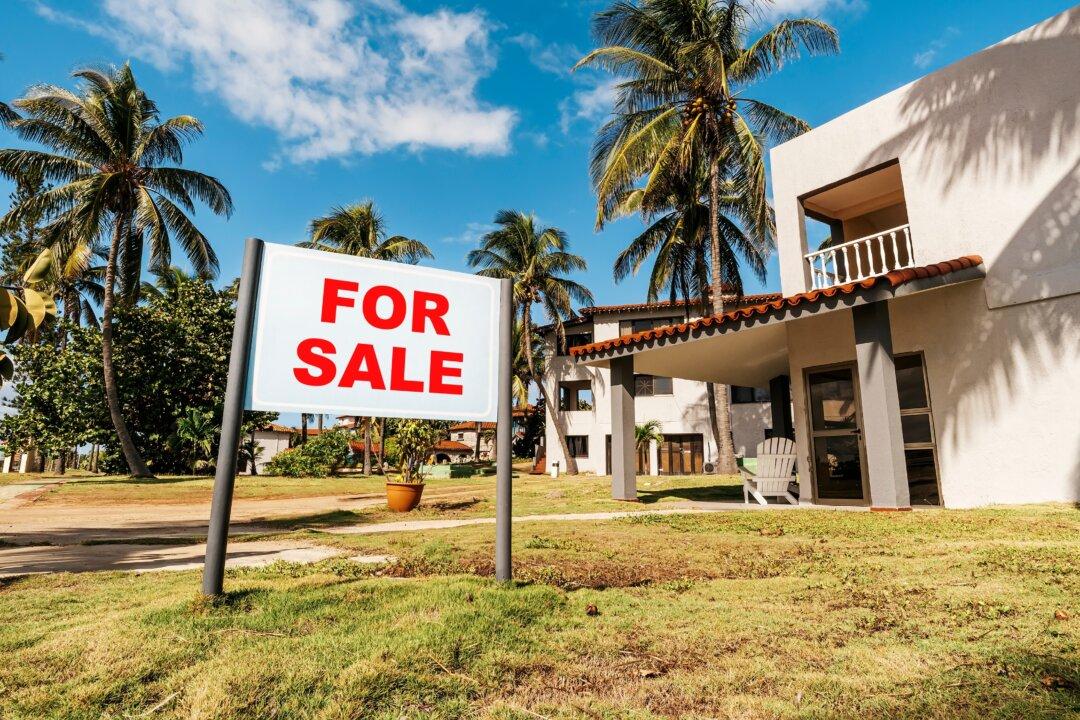Commentary
Every young person moving into adulthood faces the great question of whether to buy or rent their primary residence. That question just became much more complicated.

Every young person moving into adulthood faces the great question of whether to buy or rent their primary residence. That question just became much more complicated.